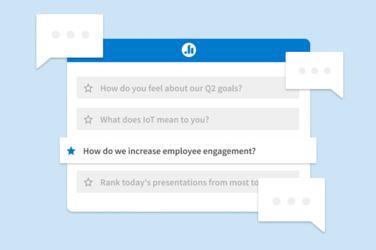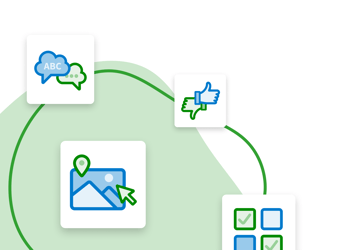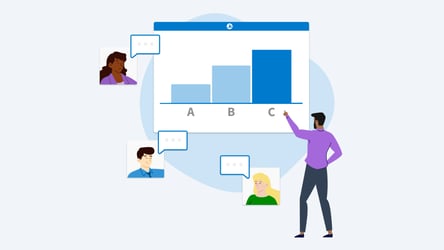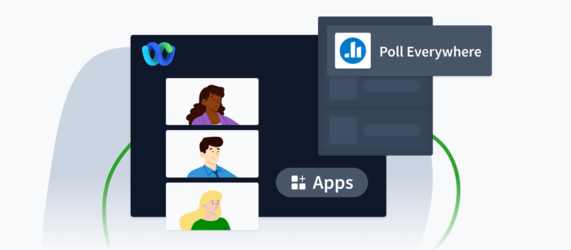Employee Engagement
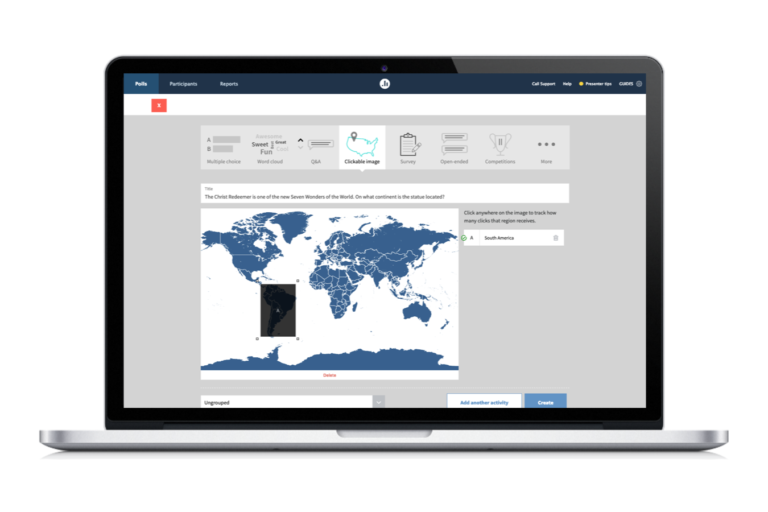
What is Employee Engagement?
Employee engagement refers to employees' emotional commitment and dedication towards their work and their organization. Engaged employees are enthusiastic about their jobs, committed to the organization's goals, and willing to invest their discretionary effort to contribute to its success. This emotional connection leads to higher productivity, job satisfaction, and overall performance. Employee engagement encompasses factors such as job satisfaction, motivation, sense of purpose, alignment with organizational values, and opportunities for growth and development. Organizations often strive to cultivate a culture that fosters employee engagement to enhance productivity, retention, and overall success.
Why is Employee engagement important to an organization?
Having a high employee engagement rate offers numerous benefits to a corporation. Firstly, it increases productivity as engaged employees are more motivated and committed to their work, going above and beyond to deliver quality results. Secondly, it improves customer satisfaction, as engaged employees provide better customer service, leading to increased loyalty and positive word-of-mouth referrals. Thirdly, it enhances employee retention as engaged employees feel a stronger connection to the organization, reducing turnover rates and associated costs.
Additionally, high employee engagement fosters innovation and creativity within the organization, as engaged employees are more likely to share ideas and contribute to continuous improvement. Moreover, it promotes better employee health and well-being, reducing stress and burnout. Ultimately, these factors culminate in higher profitability for the corporation, as engaged employees drive superior performance and help maintain a competitive edge in the market.
READ MORE: 10 employee engagement workshop ideas to boost morale.
How to Measure Employee Engagement
Measuring employee engagement can be key to discovering where your employees are thriving and where they may need more support. There are a few methods you can implement to measure employee engagement regularly:
- Conduct regular employee engagement surveys to gather feedback.
- Calculate your employee net promoter score (eNPS)
- Leverage 1:1’s with managers
- Pay attention to retention and turnover numbers
- Keep an eye on absenteeism
Want a more detailed breakdown of ways to measure employee engagement? Check out our blog.
There are a few factors that drive employee engagement. Signs to look out for high employee engagement include:
1. Positive attitude: Engaged employees typically exhibit a positive outlook towards their work, colleagues, and the organization. They are enthusiastic, motivated, and proactive in approaching tasks and challenges.
2. Commitment to organizational goals: Engaged employees understand and align themselves with the company's mission, vision, and values. They demonstrate a strong commitment to achieving organizational goals and actively contribute to their accomplishment.
3. Productivity and quality of work: Engaged employees are focused on delivering high-quality work and consistently strive to exceed expectations. They demonstrate initiative, creativity, and a willingness to take on challenges to achieve excellent results.
4. Initiative and innovation: Engaged employees are proactive in identifying opportunities for improvement and innovation within their roles and across the organization. They are not afraid to share ideas, suggest changes, or take calculated risks to drive positive change.
5. Strong relationships with colleagues: Engaged employees tend to have positive relationships with their coworkers and managers. They collaborate effectively, communicate openly, and support one another to achieve common goals.
6. Continuous learning and development: Engaged employees are committed to their personal and professional growth. They seek out opportunities for learning and
development, actively participate in training programs, and take ownership of their career advancement.
7. Feedback and recognition: Engaged employees appreciate feedback on their performance and contributions. They value recognition for their achievements and feel motivated to continue excelling when their efforts are acknowledged and appreciated.
8.Low absenteeism and turnover: Engaged employees are more likely to remain committed to their jobs and the organization, leading to lower rates of absenteeism and turnover. They feel fulfilled and satisfied in their roles, reducing the need for constant recruitment and training.
9. Advocacy and loyalty: Engaged employees often act as advocates for the organization, speaking positively about their experiences at work and promoting the company's brand and reputation both internally and externally.
10. Alignment with company culture: Engaged employees embody the company's culture and values in their actions and behaviors. They contribute to a positive and inclusive work environment, reinforcing cultural norms and fostering a sense of belonging among their peers.
Free eBook: Improving Employee Engagement
The ultimate guide to tech-driven employee engagement. This ebook is packed with tech tips to help improve the way your organization functions. It includes ideas for scaling company culture, methods for managing remote teams, and helpful tips & tricks for using tools like Poll Everywhere to increase audience participation and engagement during your meetings, trainings, and events.
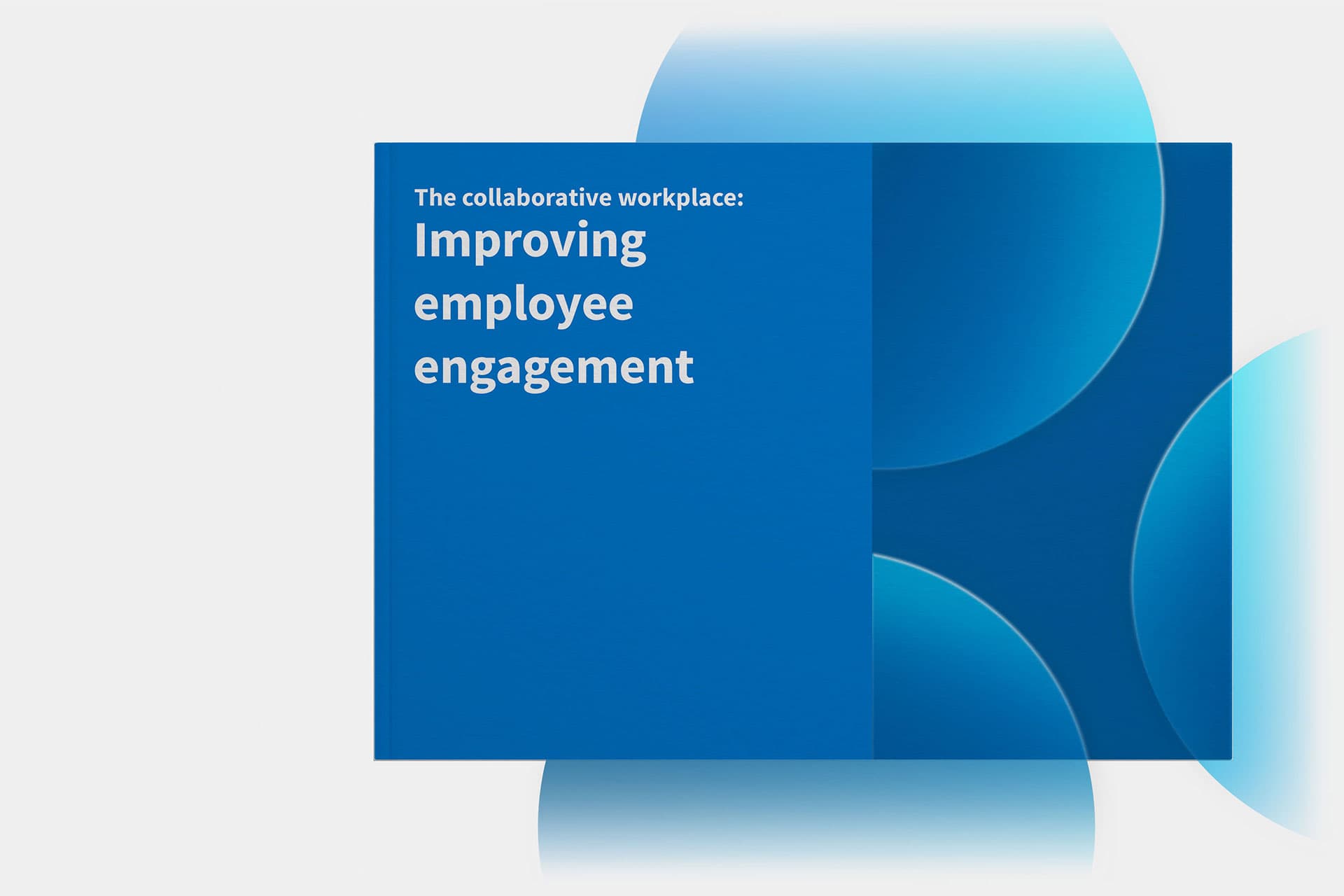
Activities That Boost Employee Engagement
Employers can implement various activities and initiatives to improve employee engagement. Here are some examples:
- Regular feedback sessions: Conduct one-on-one meetings between employees and their managers to provide feedback on performance, address concerns, and discuss career development opportunities.
- Employee recognition programs: Establish programs to recognize and reward employees for their contributions and achievements. This can include awards, public praise, or monetary incentives.
- Professional development opportunities: Offer training programs, workshops, and courses to help employees develop new skills, advance their careers, and pursue their professional goals.
- Team-building activities: Organize team-building events and activities to foster collaboration, communication, and camaraderie among employees. This can include team outings, volunteer opportunities, or team-building exercises.
- Flexible work arrangements: Provide flexible work options such as remote work, flexible hours, or compressed workweeks to accommodate employees' needs and preferences, promoting work-life balance and reducing stress.
- Wellness programs: Implement wellness initiatives to support employees' physical and mental health, such as fitness challenges, meditation sessions, or access to counseling services.
- Open communication channels: Create avenues for open and transparent communication within the organization, such as regular town hall meetings, suggestion boxes, or online forums, to encourage feedback, dialogue, and idea-sharing.
- Social events: Host social events and gatherings to celebrate milestones, holidays, or achievements, allowing employees to connect in a relaxed and informal setting.
- Employee involvement in decision-making: Involve employees in decision-making processes that affect their work and the organization as a whole. Seek their input, ideas, and feedback to make informed decisions and promote a sense of ownership and empowerment.
- Employee empowerment: Empower employees to take ownership of their work, make decisions, and contribute to the success of the organization. Provide opportunities for autonomy, creativity, and innovation to foster a sense of ownership and pride in their work.
By implementing these activities and initiatives, employers can create a positive work environment that fosters employee engagement, satisfaction, and retention.
What tools help with employee engagement
Poll Everywhere is an employee engagement solution that can both engage employees regularly and be used to measure employee engagement. With a variety of easy-to-deploy Activities like Word Clouds and Surveys, Poll Everywhere can be used to conduct pulse surveys or to ask for feedback from employees. With integrations with your favorite videoconferencing and slideware apps, Poll Everywhere makes engaging employees seamless so you can incorporate continuous feedback as a core part of your employee engagement strategy.
Employee Engagement Resources
Get inspired on new and creative ways to keep employees engaged.
